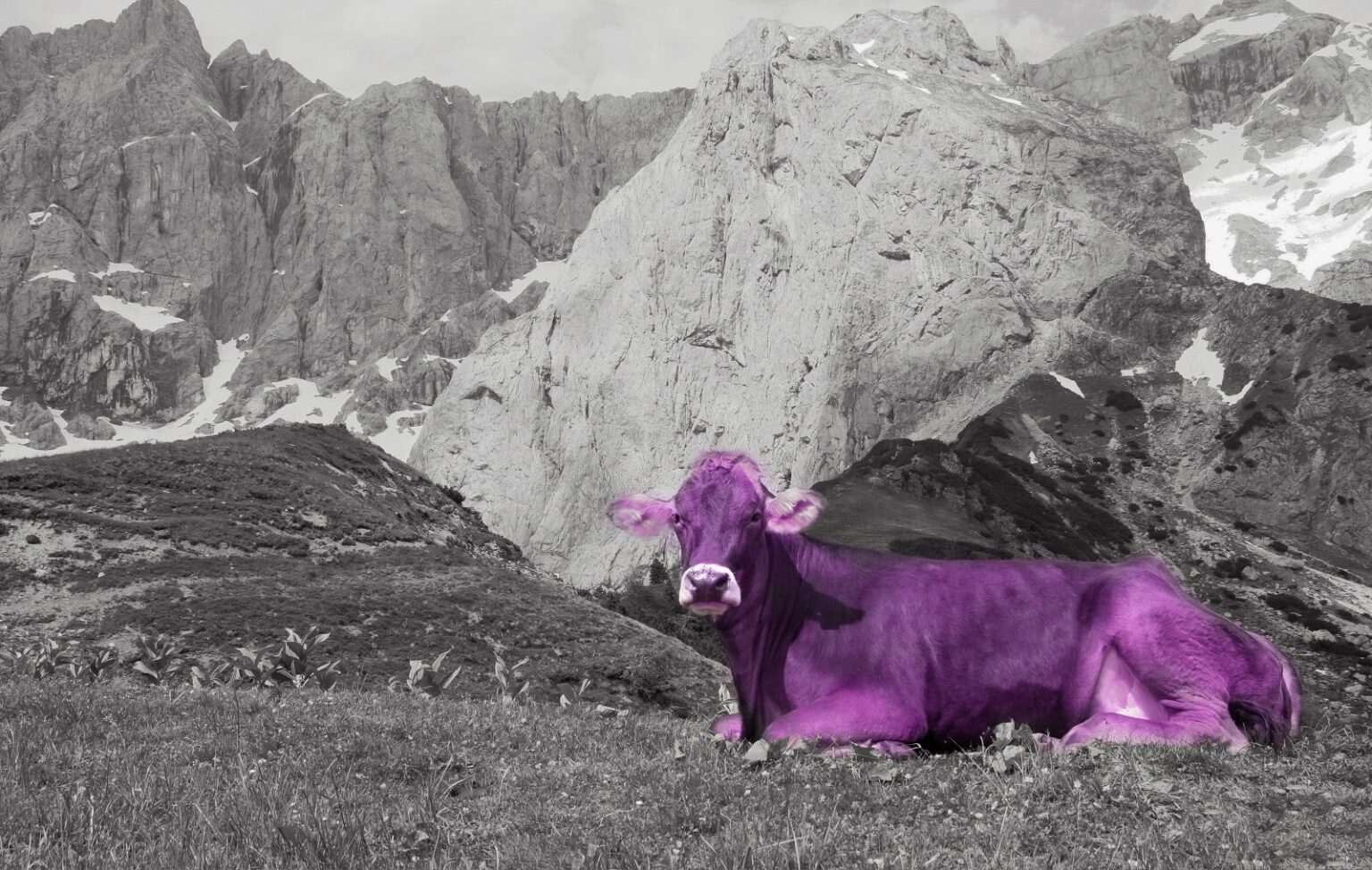Group #3 Contributions:
Quote and written review by Amanda Medina
Video by Sarah Ramirez
Drawing by Genesis Batista-Cepeda
Written Material: Miguel Algarin, Arrestado
Topic: A Mongo Affair
“I have to admit that he has been
lied to, misled,
that I know that all the goodies
he named humiliate the receiver,
that a man is demoralized
when his woman and children
beg for weekly checks,
that even the fucking a man does
on a government-bought mattress
draws the blood from his cock
cockless, sin espina dorsal
mongo—that’s it!
a welfare fuck is a mongo affair!
mongo means flojo
mongo means bloodless
mongo means soft
mongo cannot penetrate
mongo can only tease”
-Miguel Algarin
By Amanda Medina
Miguel Algarin, discusses a conversation he has with a black Puerto Rican back in Suan Juan where they discuss the life for Boricuas living on welfare in New York. Going abroad from Puerto Rico to New York for what the black Puerto Rican believes will bring a change for the better and provide Puerto Rican’s with a better life than they have on the island. However, Algarin has a different take on that decision, in fact he thinks the whole welfare system is emasculating to men. Where the other Puerto Rican presents it as a lucrative opportunity for Puerto Ricans. Algarin, expresses his frustration with this system as stagnating and emasculating him as a man and provider. Having his wife and children reliant on the government presents itself as a huge problem to him. As well as the fact that others who believe that this is a better opportunity for Pureto Ricans than their life on the island, feels they have been hugely misled and lied to.
In his poem “A Mongo Affair”, Algarin equates dependence (on the government/welfare checks) to a fault in one’s manhood. Although this is not Algarin speaking for himself, but rather from the point of view of a created character, it is a destructive way of thinking about masculinity. It also perpetuates the idea that if a man cannot provide he is not a “man” at all.
I thought this video was fitting to our topic because it is a poem that touches upon the consequences of society’s expectations of men. This line stood out to me: “We’ve been brought up in households which made us preach such false teachings, they told me I will soon be the man of the house when I was just 6 years old.” This describes a culture that, early on, makes it known to boys that they are to be the provider for his household. The poet then goes on to explain the negative impact this expectation has on men— “He’s a product of a failed social system, where expressing himself was considered sin, and he’s buried them all inside”.
Both poems speak on manhood and the things that can be destructive to it. For Algarin, it is begging for “weekly checks”, and for Singh it is society’s expectation of men to be “strong”, to be providers, and to be limited in their self-expression.
Drawing by Genesis Batista-Cepeda:








